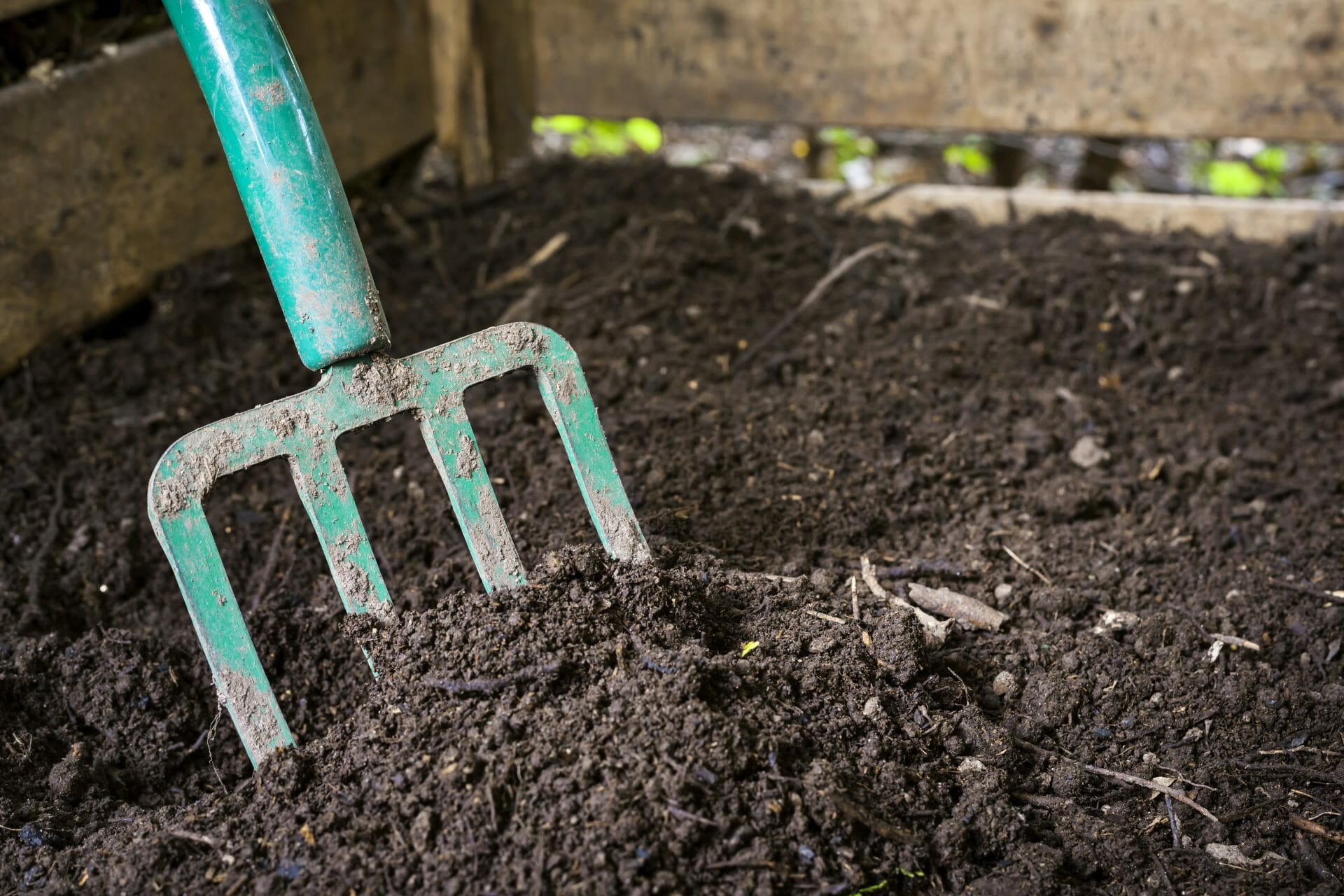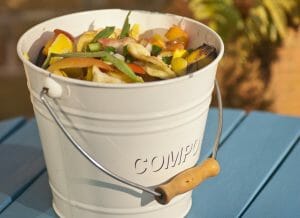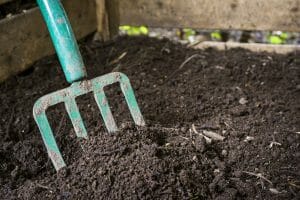
How to Start Composting
One of the qualities that set us apart from other lawn care and landscaping companies is our commitment to the use of organic materials. Nutrients are a necessity for any healthy lawn or landscape bed, feeding the root systems and the internal processes that stimulate healthy growth. Many companies use synthetic nutrients derived from chemicals with the potential to harm your property. When we fertilize, we use biodiverse organic material that can only benefit the plant material. Many of our customers ask us how they can better apply this same concept on their own, and we always provide the same answer. For that reason, read on to learn how to start composting.
 What is Compost?
What is Compost?
The concept is simple enough, composting is the process of gathering organic matter that can decompose and add nutrients to your soil. This increases biodiversity, and the ingredients are often found naturally around the property as scraps or waste. There are three categories of compost components: browns, greens, and water. Browns are materials that are brown, what a surprise. These materials could include dead leaves, branches, and twigs. Greens are food scraps and plant material, with items like grass clippings and coffee grounds falling into this category. Water is self-explanatory, as every compost bin or pile needs moisture.
How to Gather Compost
You can either compost in a bin or a pile. Both can easily be managed, and the bin can be an old trash bin, while a pile should probably be in the corner of the yard. It should also be an area less accessible to pests or wildlife. In terms of size, the pile should be somewhere around 3’ by 3’, which will enable heat to be retained. Heat is produced as bacteria break down the organic matter. As you gather materials, here is a comprehensive list of materials to choose from to start composting.
- Fruit Scraps
- Vegetable Scraps
- Plant Trimmings
- Nut Shells
- Leaves
- Newspaper
- Cardboard
- Flowers
- Wood Chips
- Grass Clippings
Try to separate brown and green compost materials into layers and place them on top of each other. Start with bulky brown materials on the bottom to ensure proper airflow.
Compost Maintenance
While materials will probably decompose on their own, there are a couple of things you can do to advance the process. Each layer that you add to the compost pile should be sprayed with a bit of water to moisten it. You will also want a shovel or pitchfork to turn the pile once a week. The closer the material gets to decomposing, the less you will need to turn it. If the pile is not being watered naturally through rainfall, this will also need to be done on a routine basis.
 Compost Use and Benefits
Compost Use and Benefits
It will take a while for your compost pile to decompose, but once it does it has a variety of uses. You will know it is ready when it is similar in texture to the soil. Compost can be mixed in with potting soil, or mulched over your garden. This will maximize the benefits of the added nutrients. Using compost helps you recycle waste, further enrich your soil, and reduce the need for synthetic fertilization.
At Higher Ground, we offer organic granular topdressing to help substitute the application of compost. But if you start composting today, and combine the two applications, your lawn will show its appreciation by growing thick and green.
Higher Ground Lawn Care and Lighting are ready to take your property to a higher level. Experience why your neighbors and businesses in University Park, TX & surrounding areas trust Higher Ground Lawn Care & Lighting with their properties. Give us a call at (682) 206-3596 or check out our website today.
Ready to get started?


